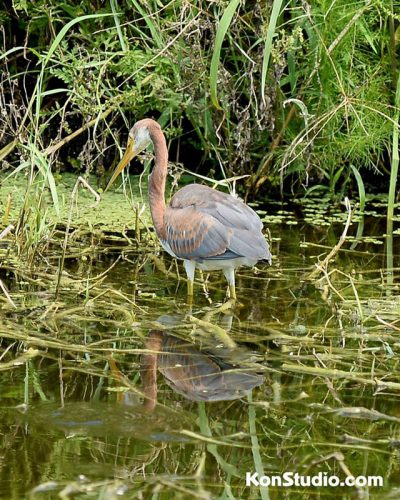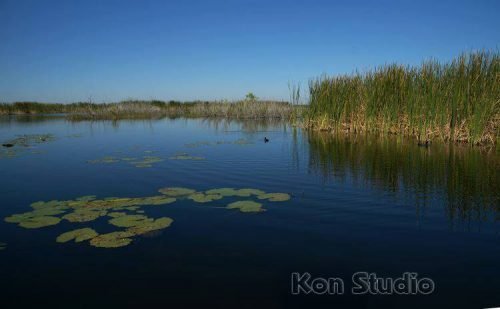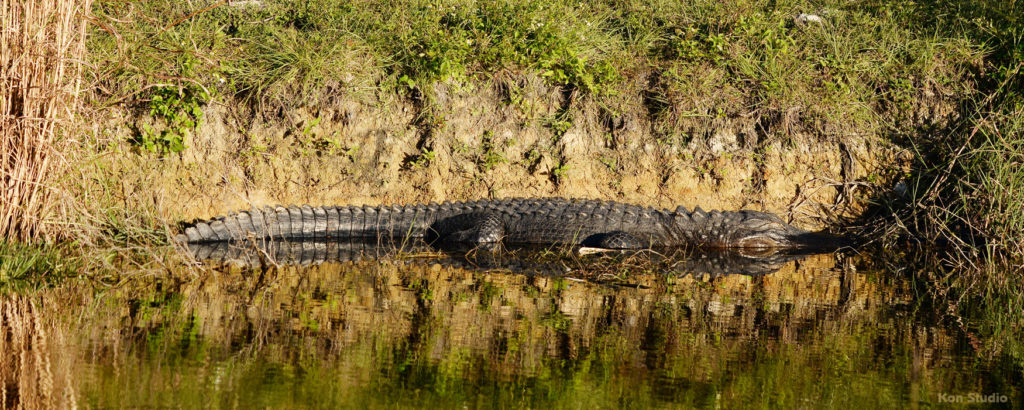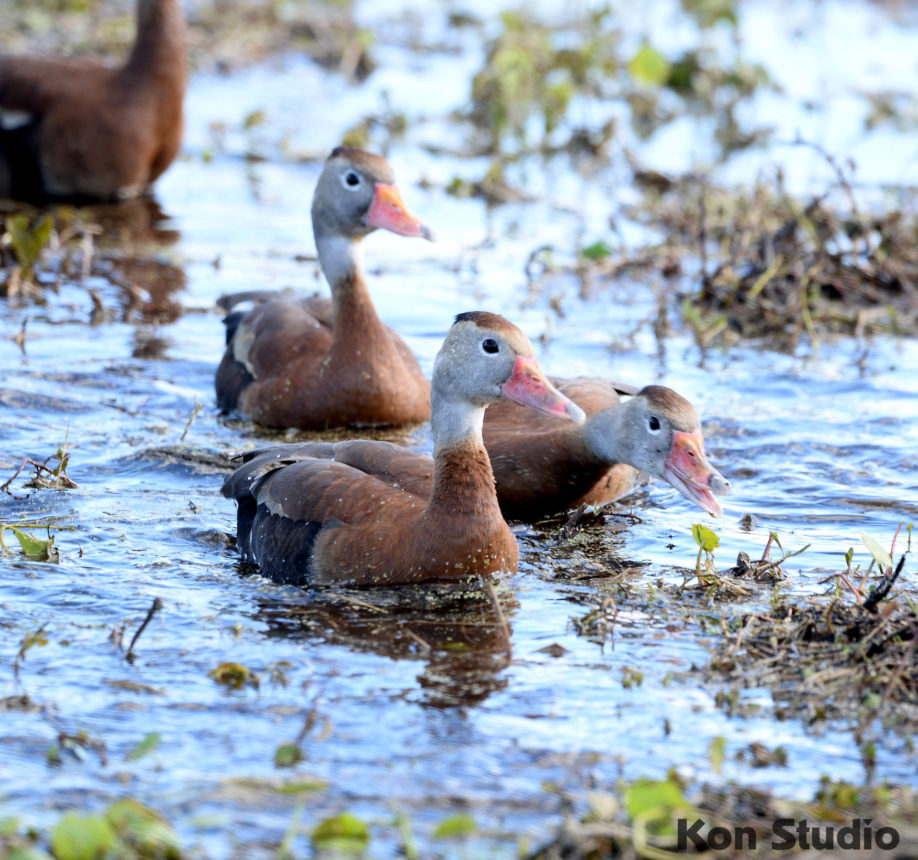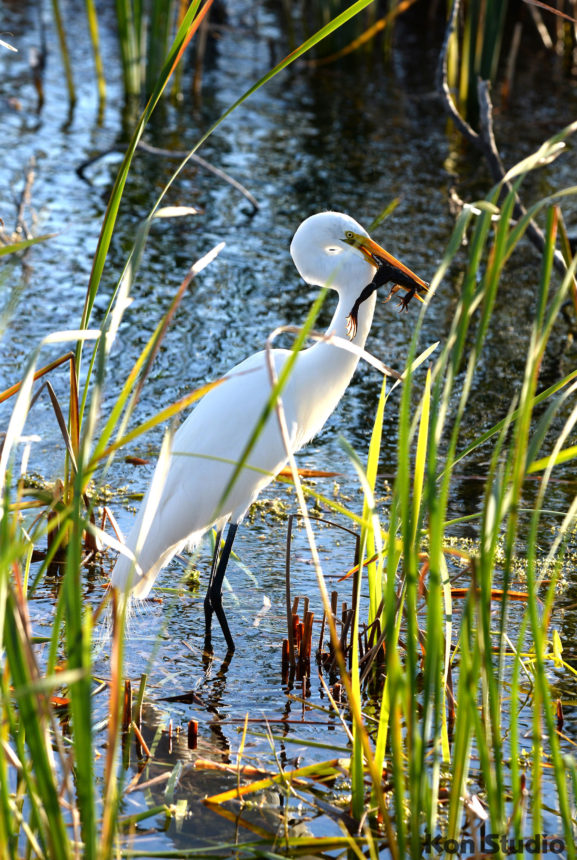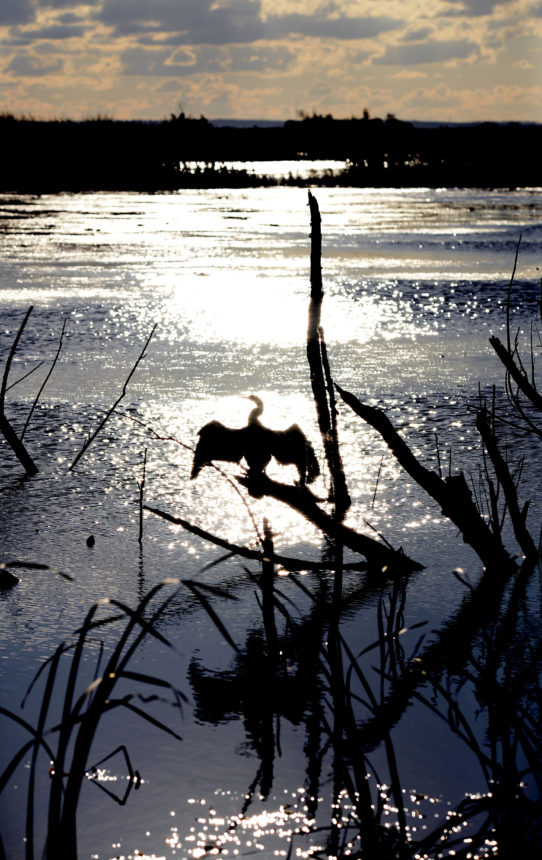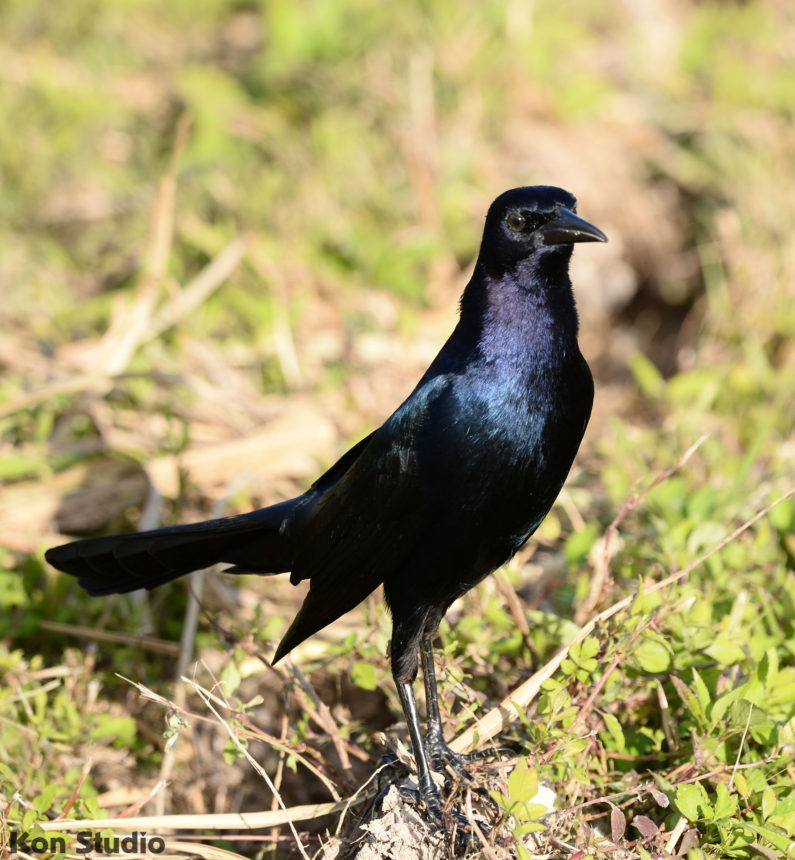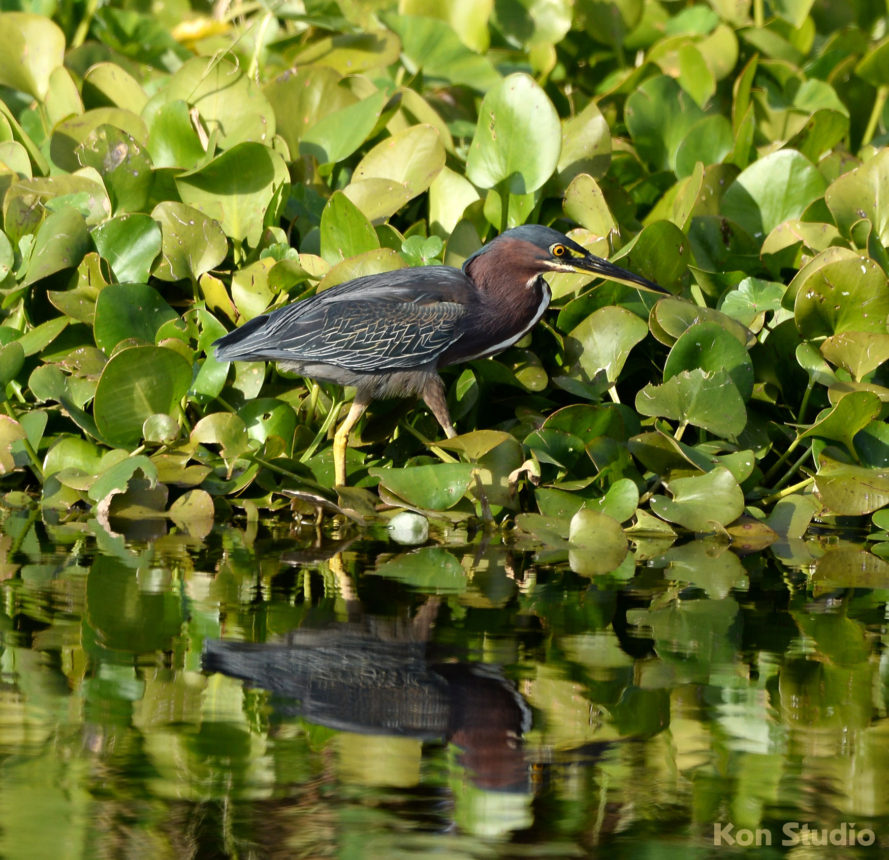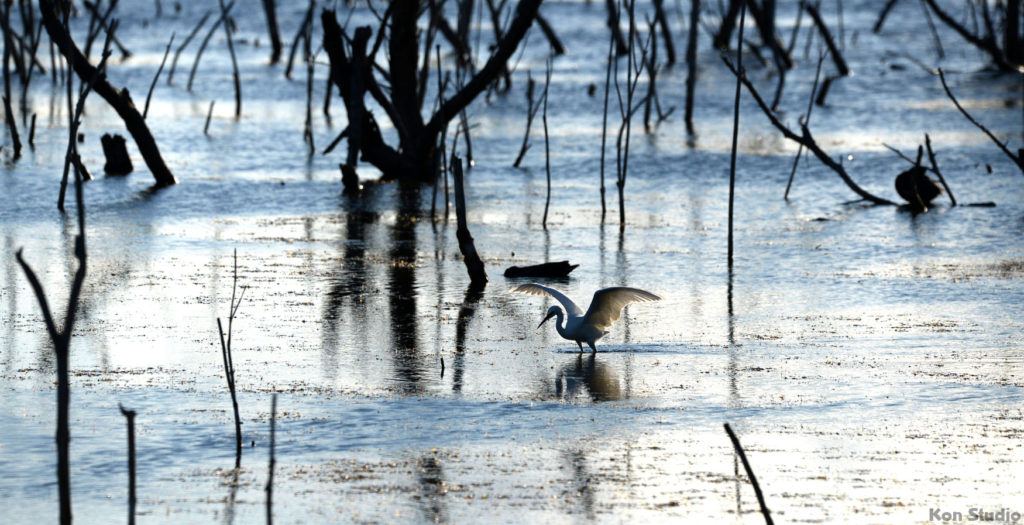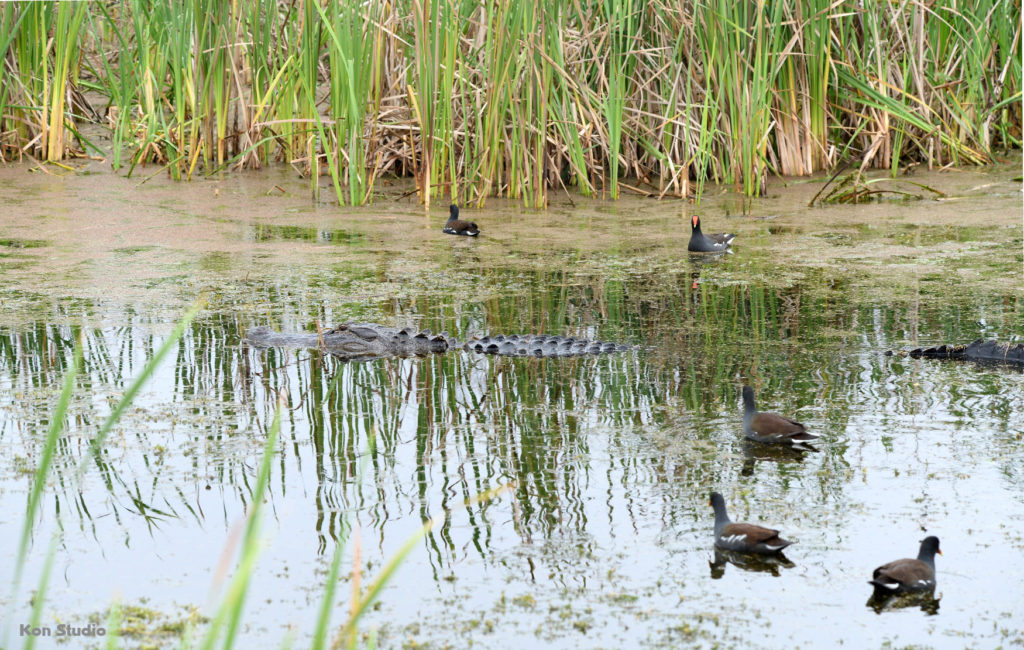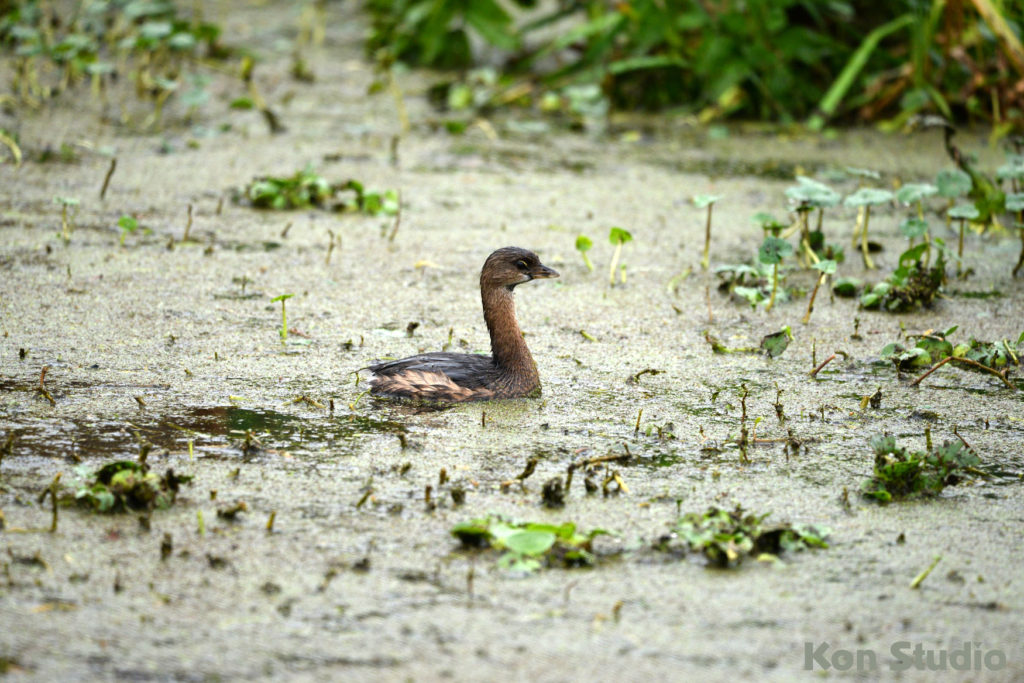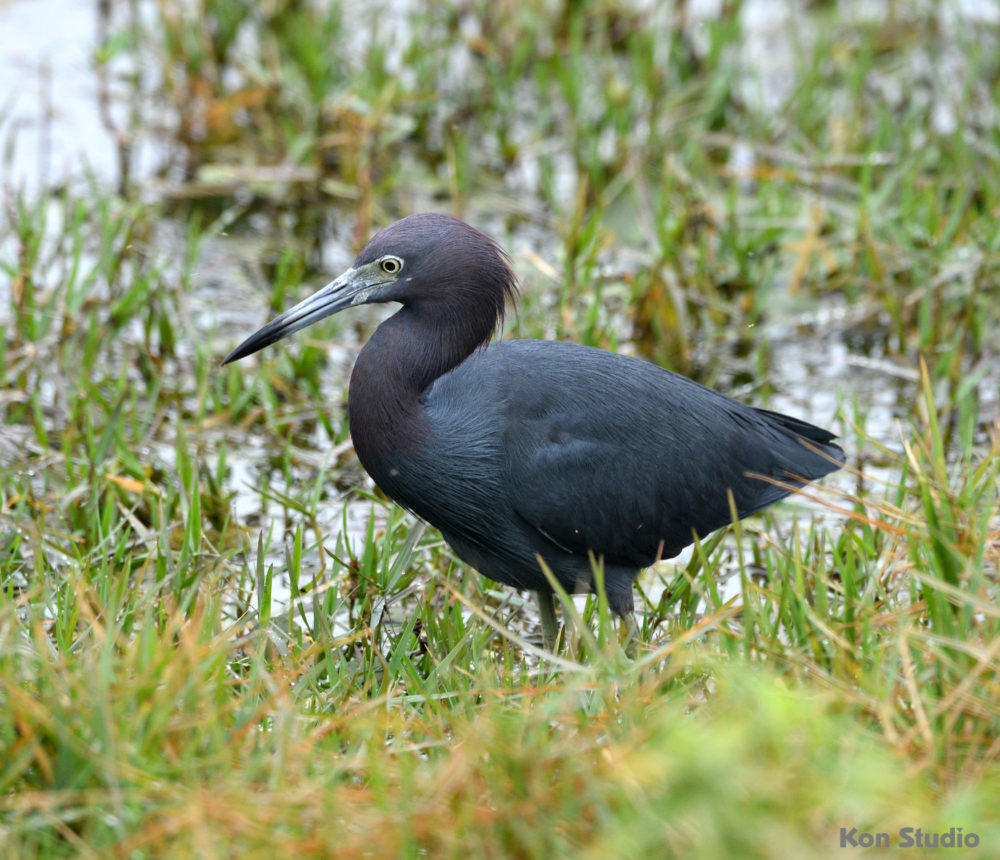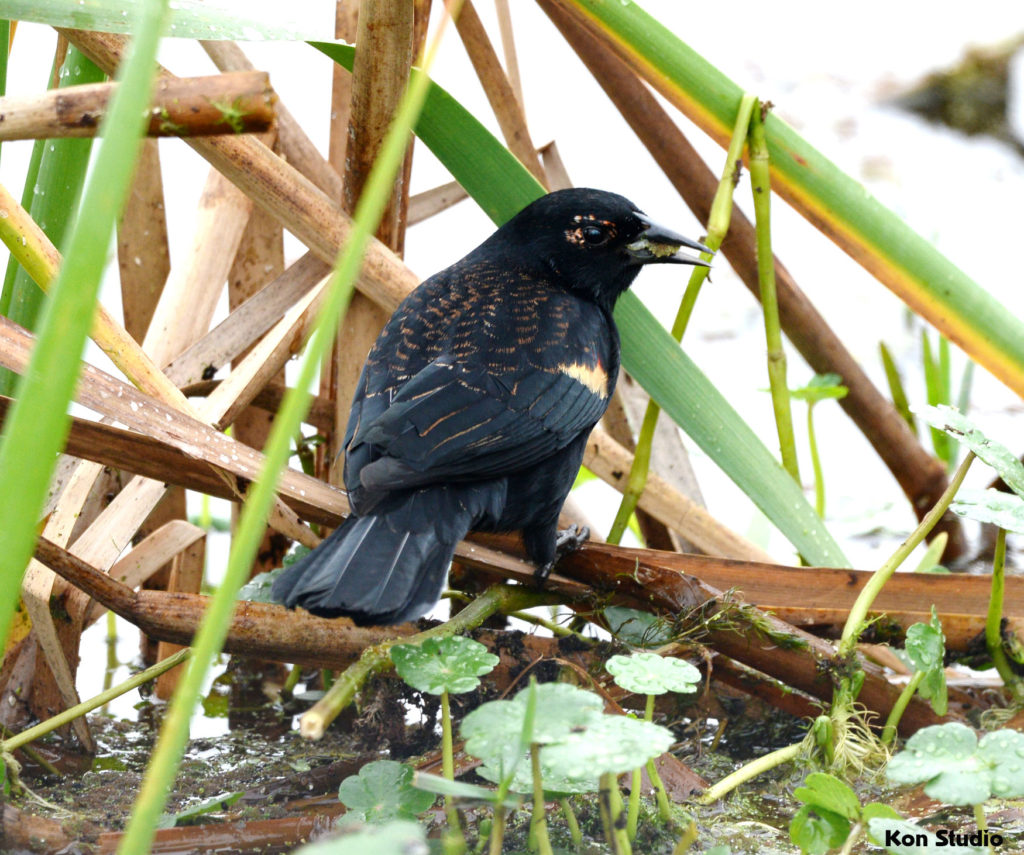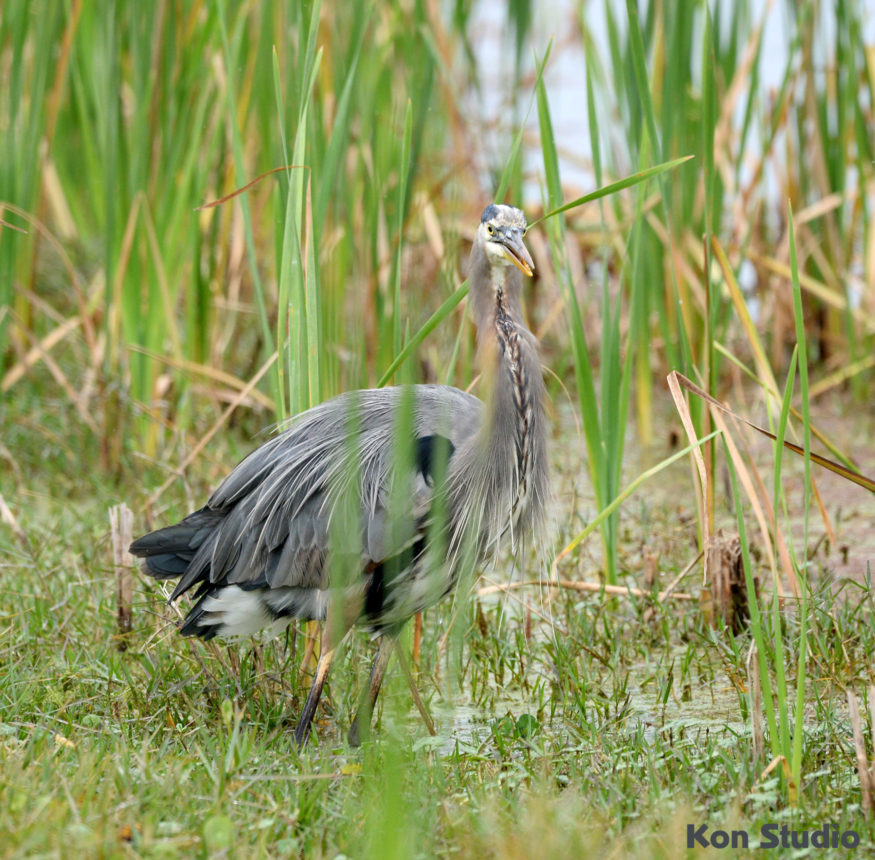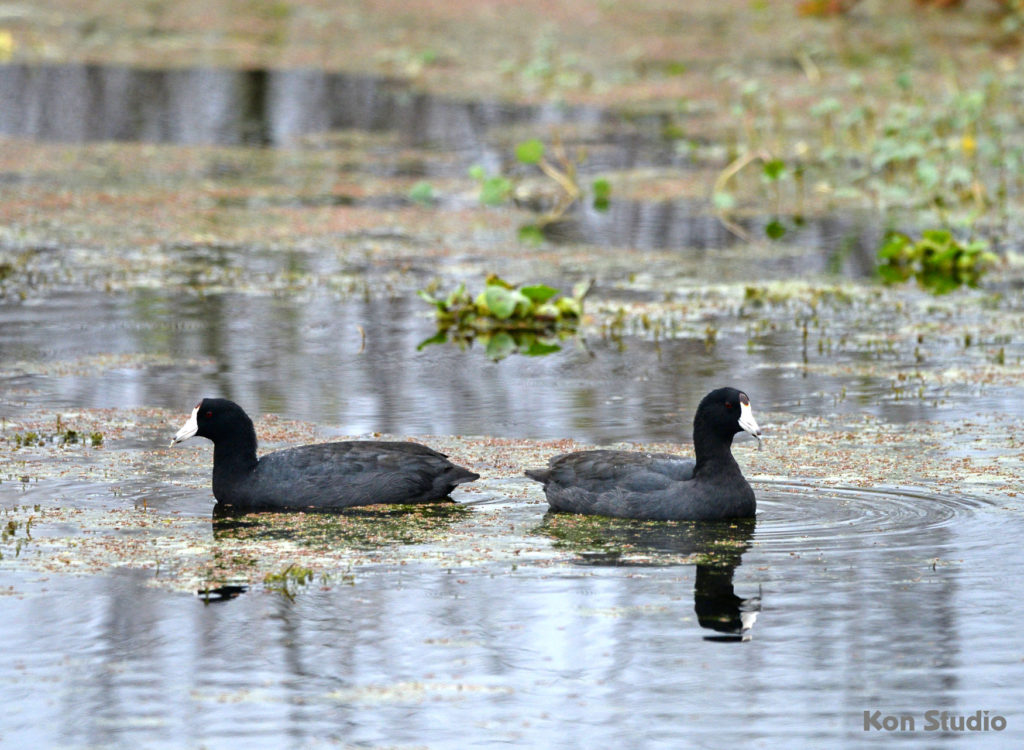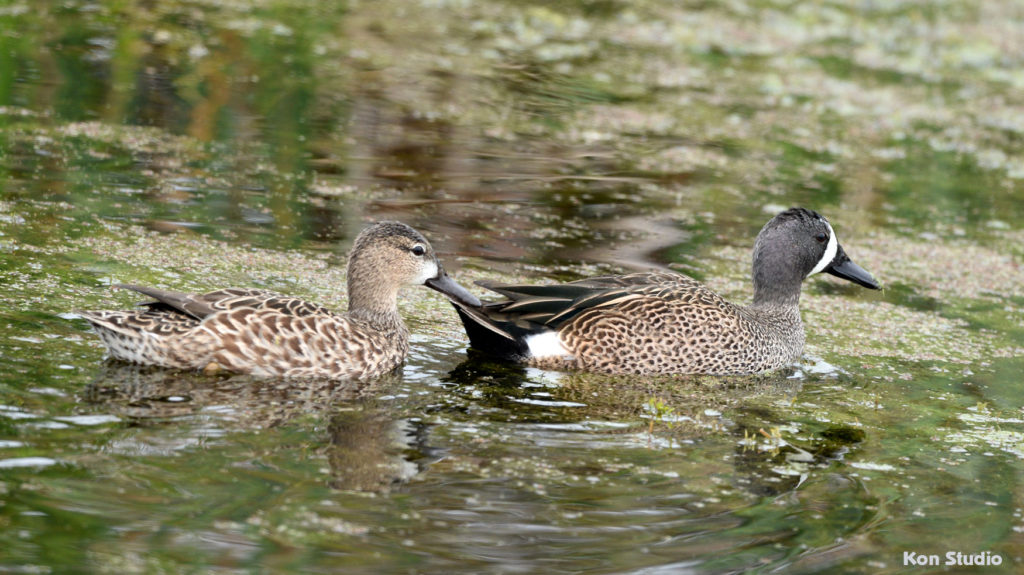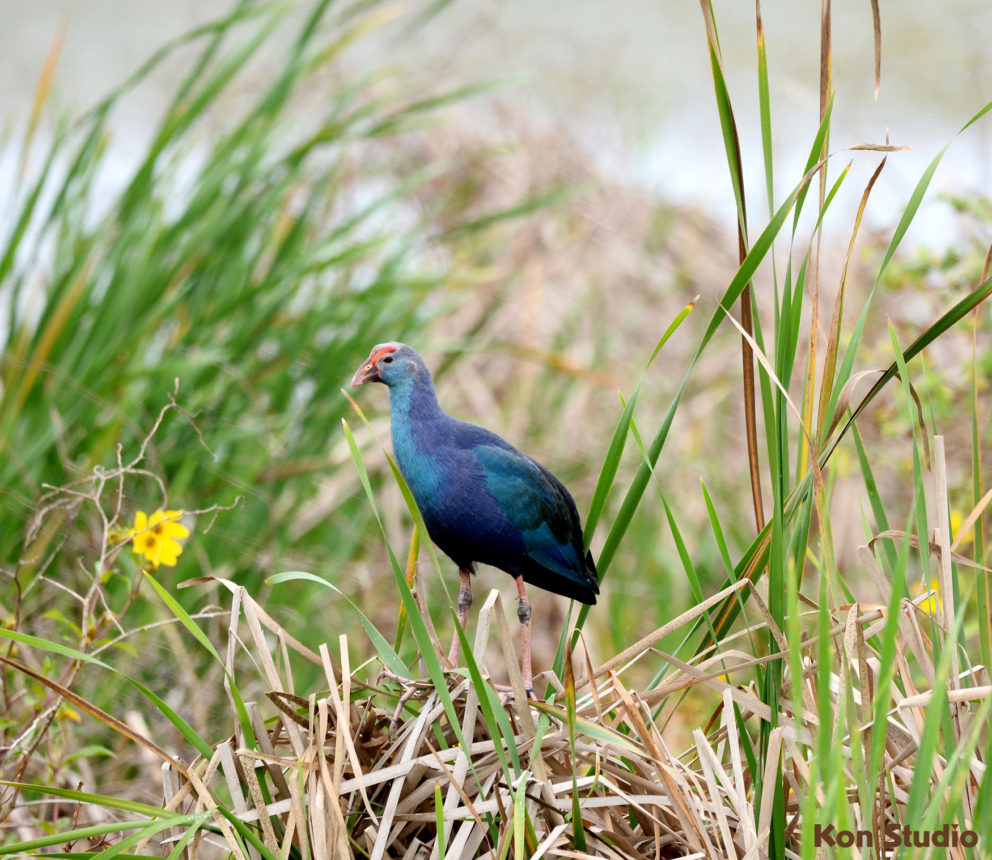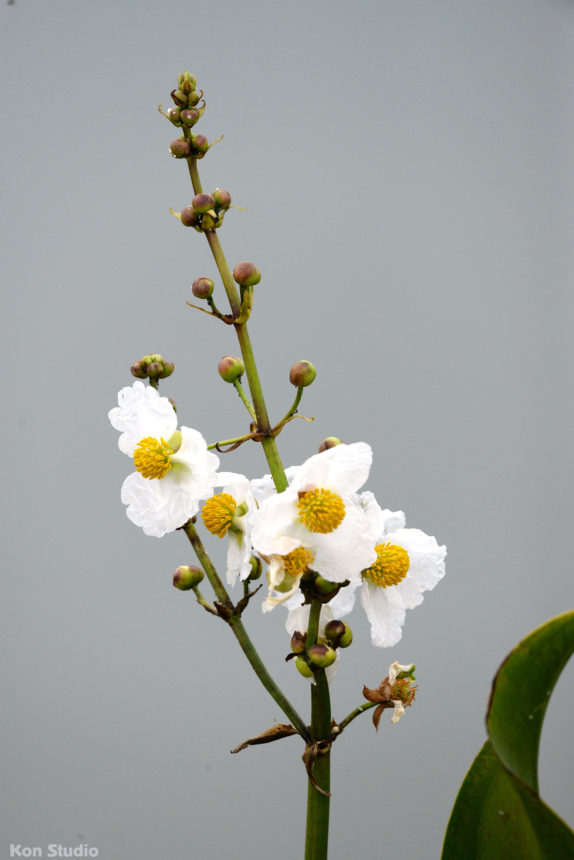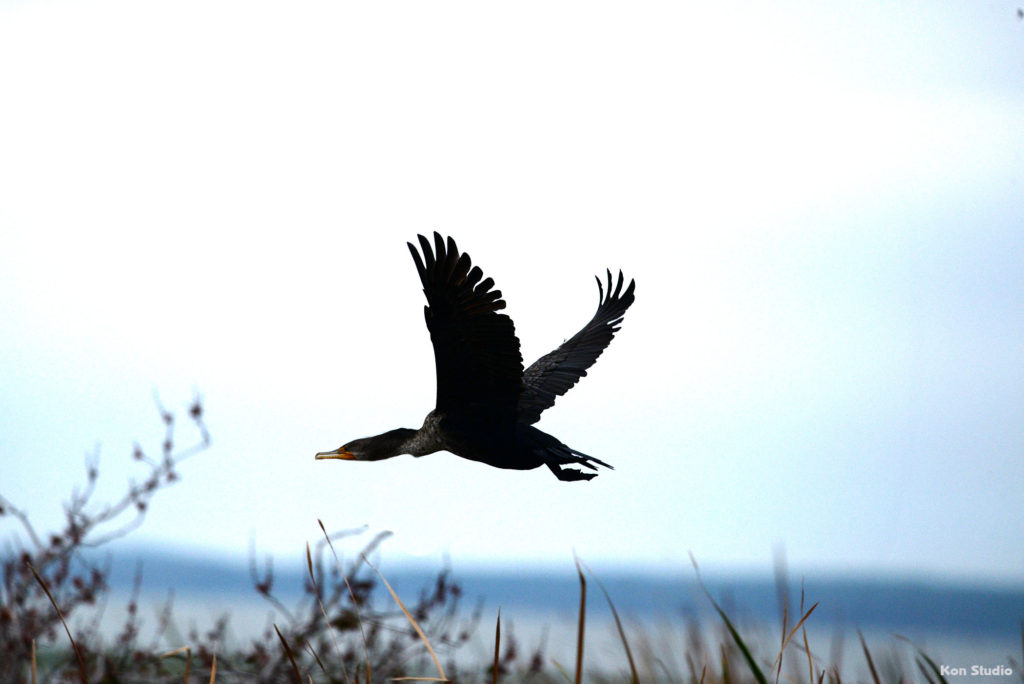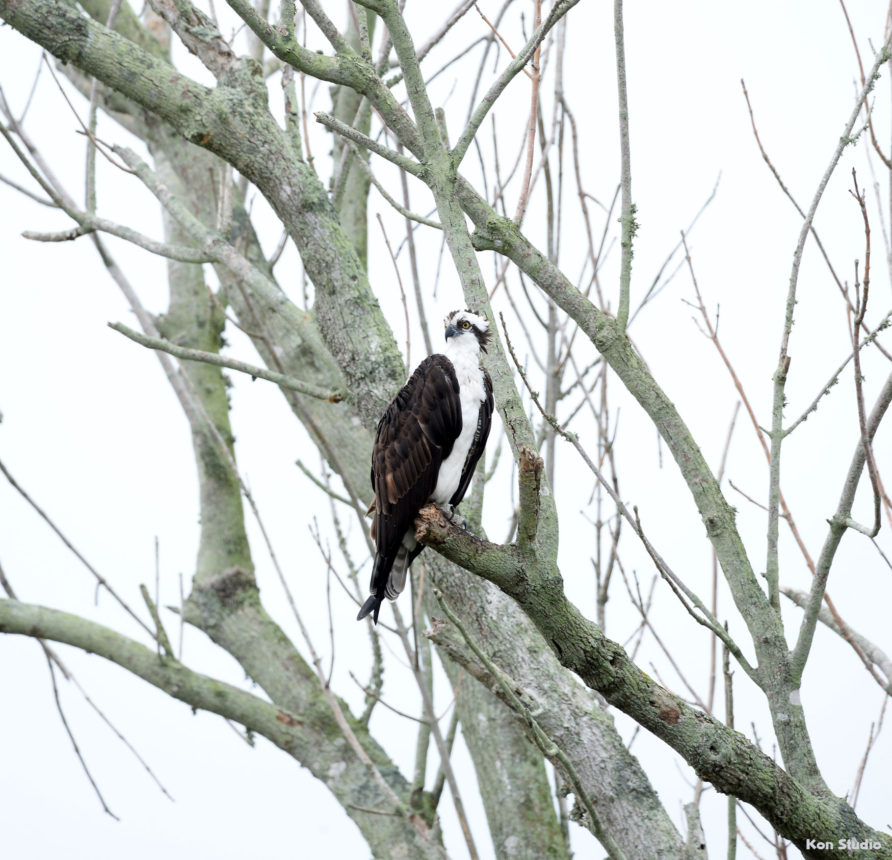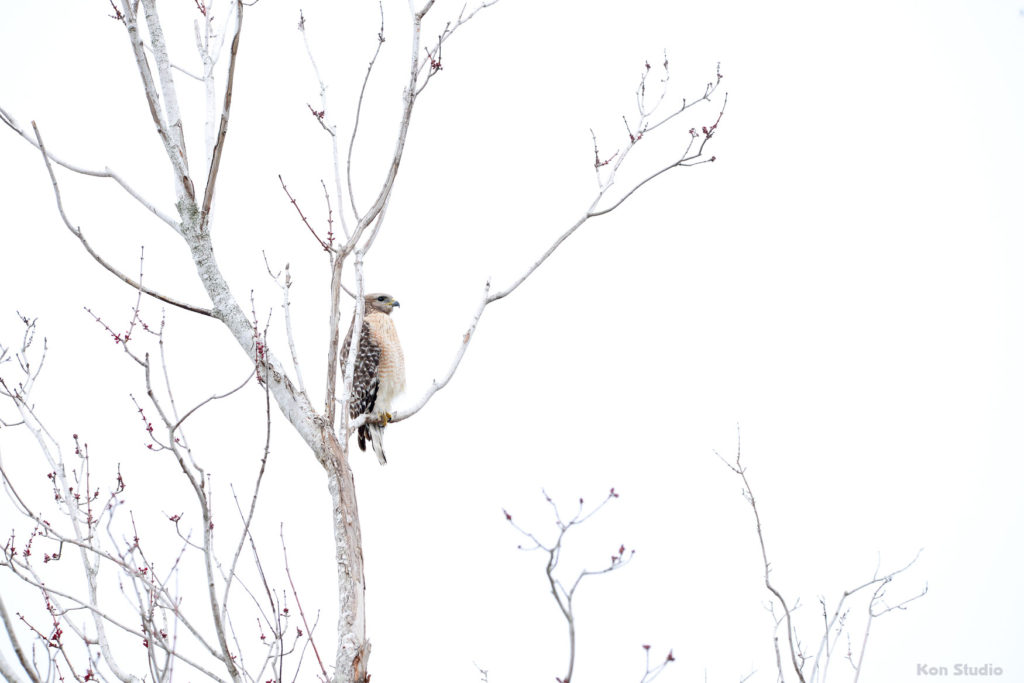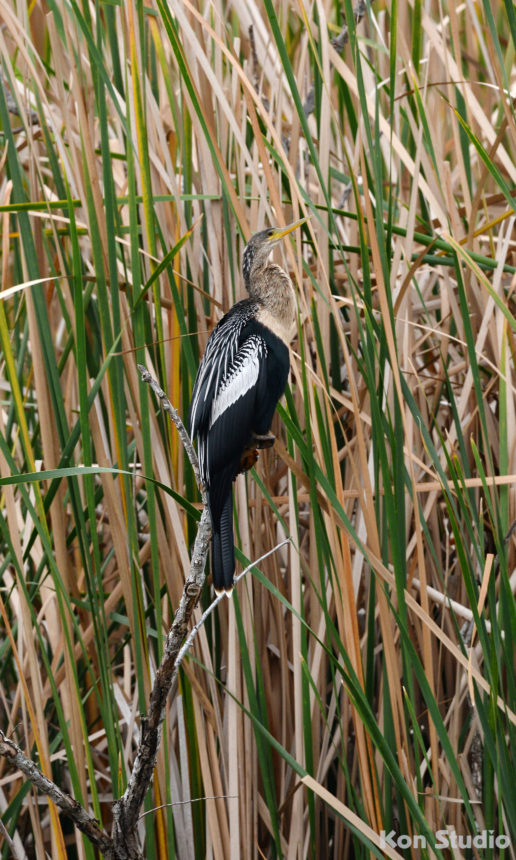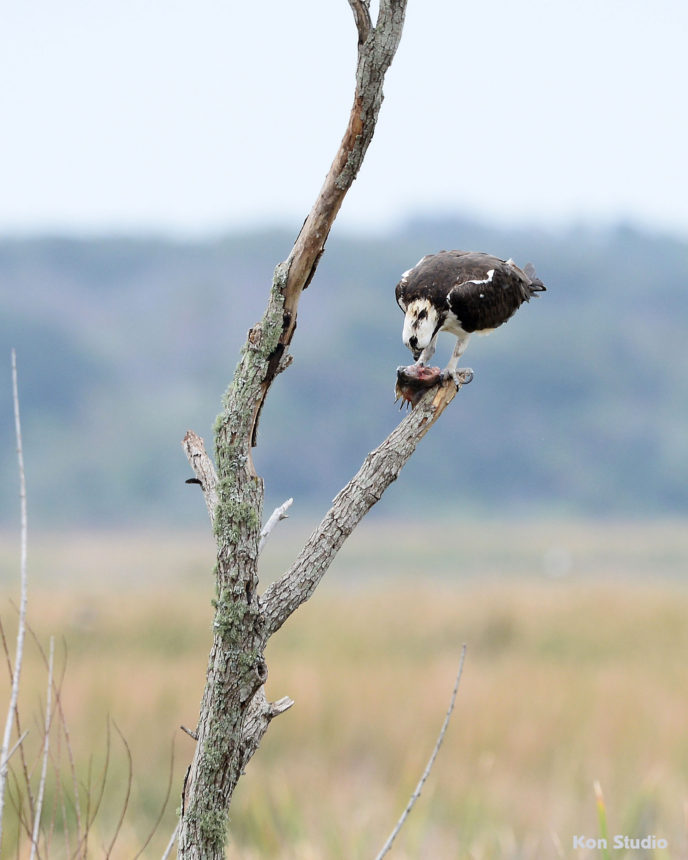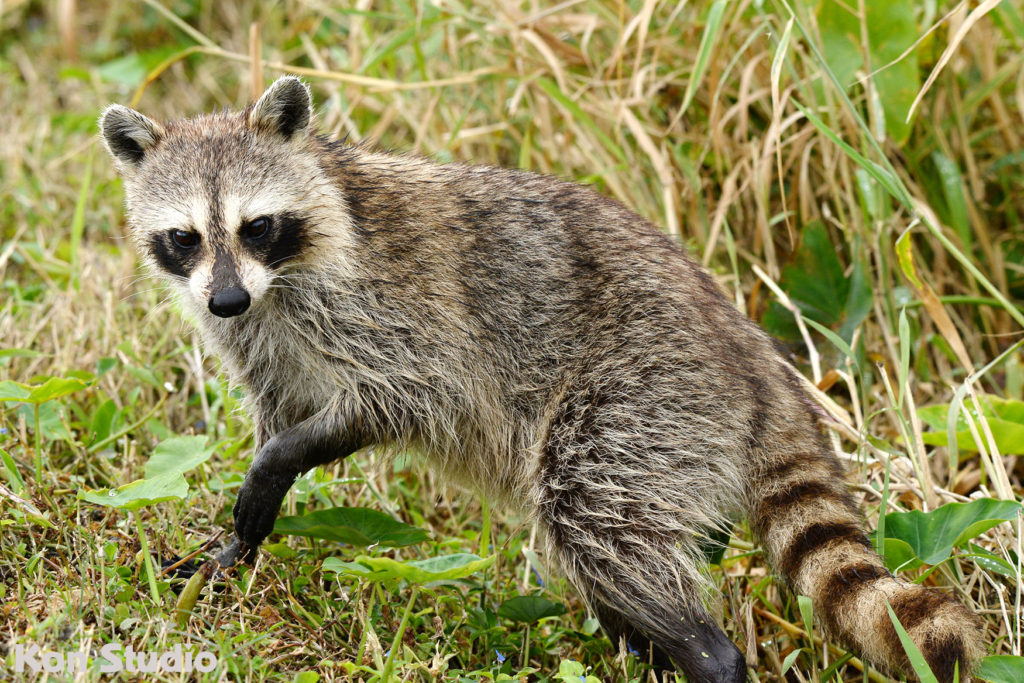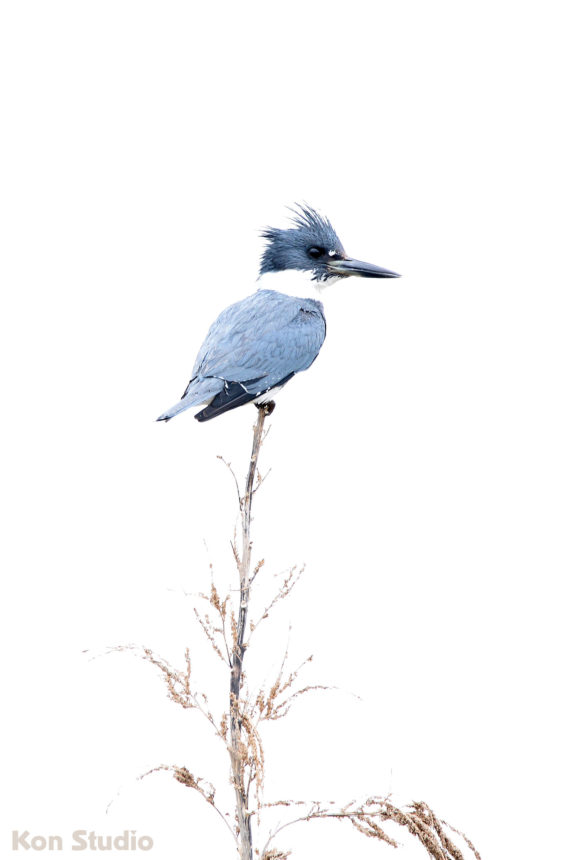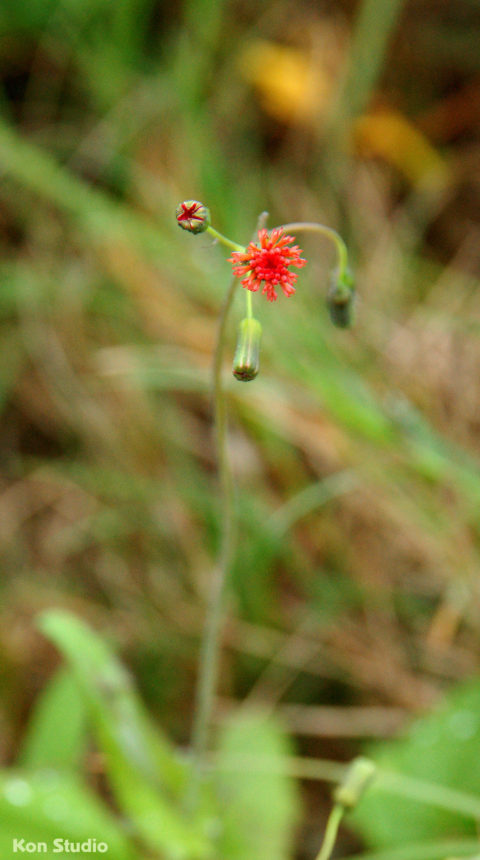In 1947 a beautiful clear lake full of fish began to change. Land from the north was purchased for agriculture. With agricultural practices at the time, lots of nutrients, including phosphorus, were drained into the lake. This caused an algae bloom that depleted the fish population and ultimately deteriorated the ecosystem. Fortunately, there was hope for Lake Apopka (Bauchmann et al 1999).
Thanks to the Surface Water Improvement and Management Act of 1987 Lake Apopka was identified for restoration. Plans were created to help bring life back to the ecosystem. In 1996 chapter 96 – 207 of Florida statutes was passed by the Florida legislature. This act allowed the agricultural lands to the north to be purchased and converted into wetlands (St. John’s Water Management District).
Because of dedicated legislators, biologists, volunteers, and citizens, the fish population has been restored, plenty of birds flock to the area to feed, deer and otters call this 48.4 square mile area their home, the hydrology has drastically improved, and the ecosystem is thriving.
The Lake Apopka Wildlife Drive is an 11-mile scenic route where visitors can enjoy Nature and the beauty of this Florida success story.
When entering the Wildlife Drive you can access an audio guide for your smartphone.
References:
Bauchmann, R. W., Hoyer, M. V., & Canfield, D. E., Jr. (1999). The restoration of Lake Apopka in relation to alternative stable states. Hydrobiologia, 394(0), 219-232.
St. John’s Water Management District, Lake Apopka Wildlife Drive
General Information Guide

